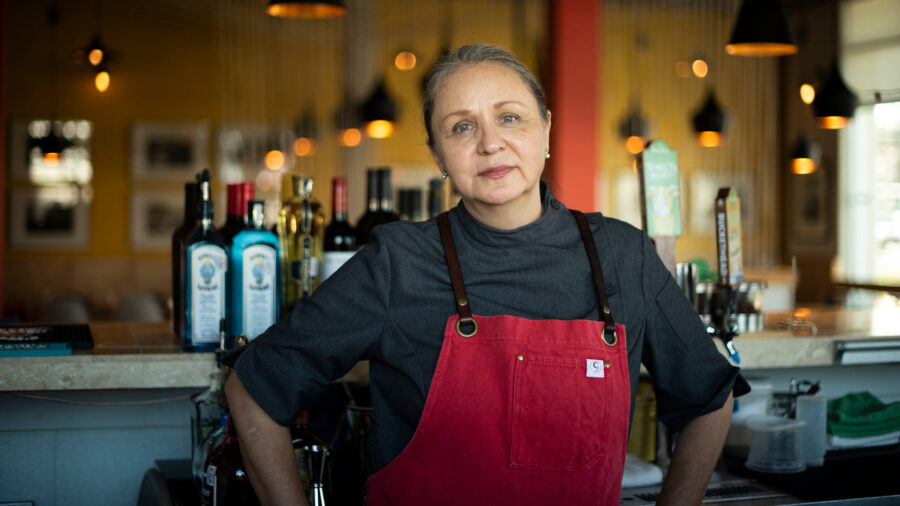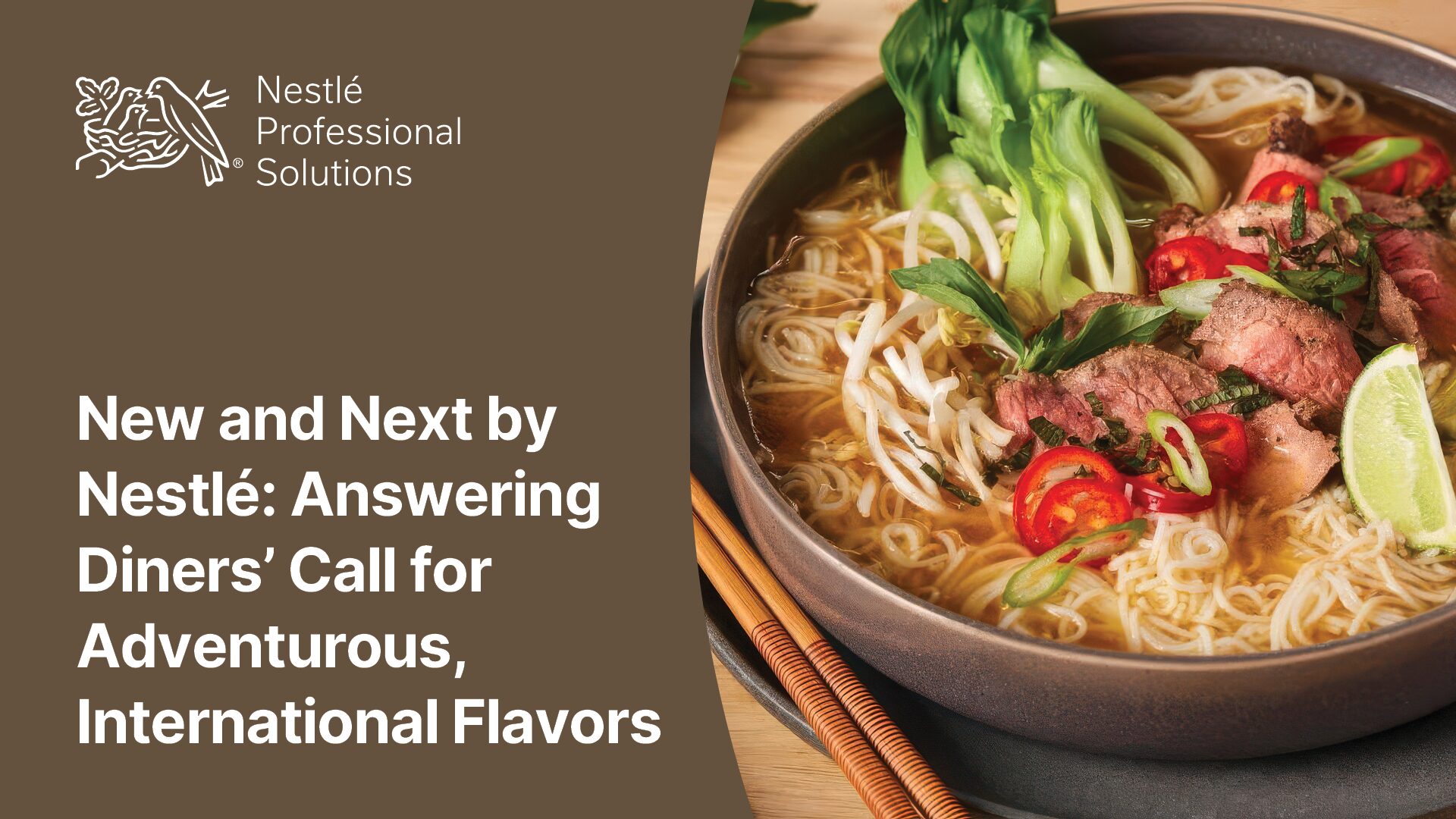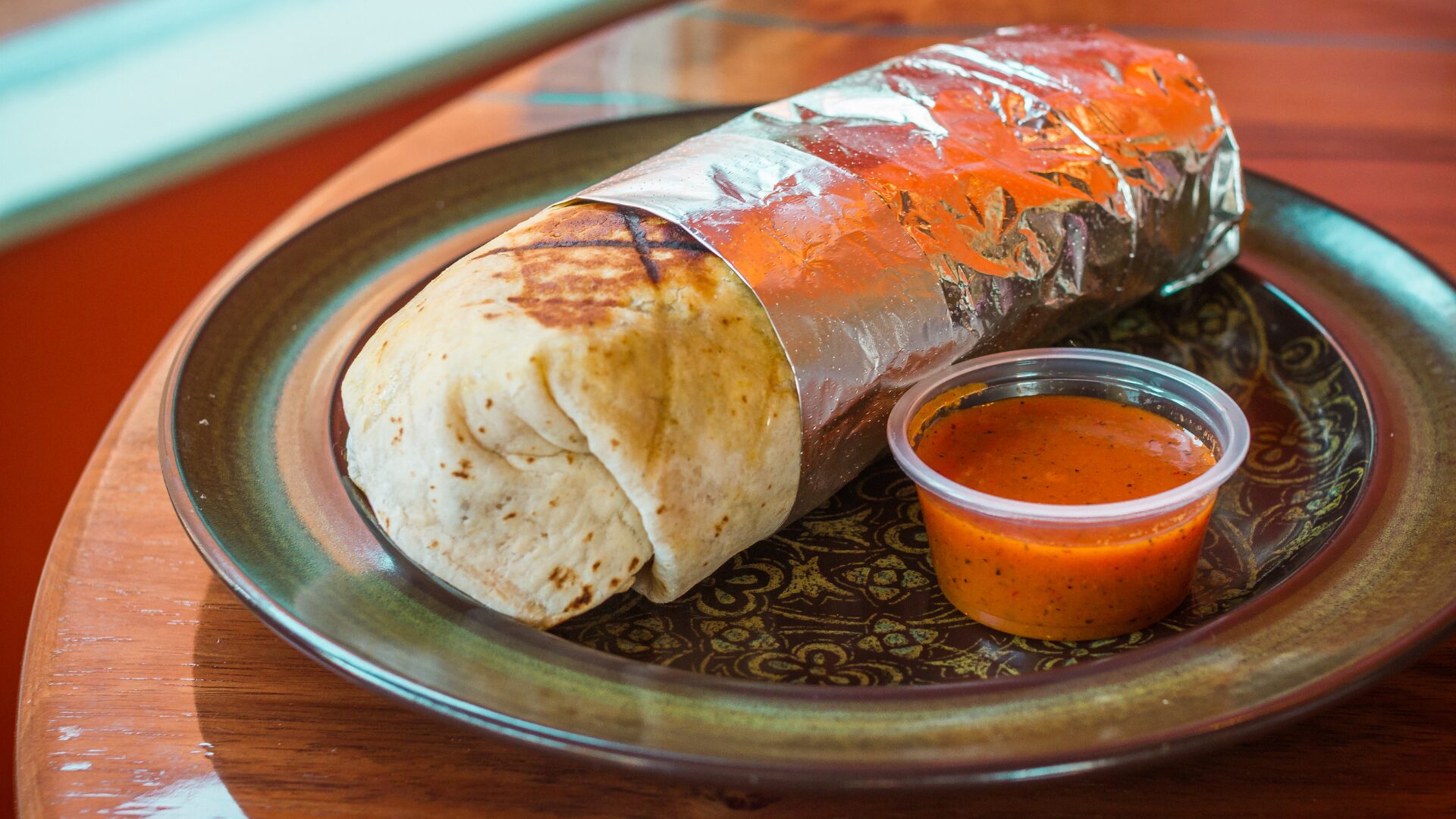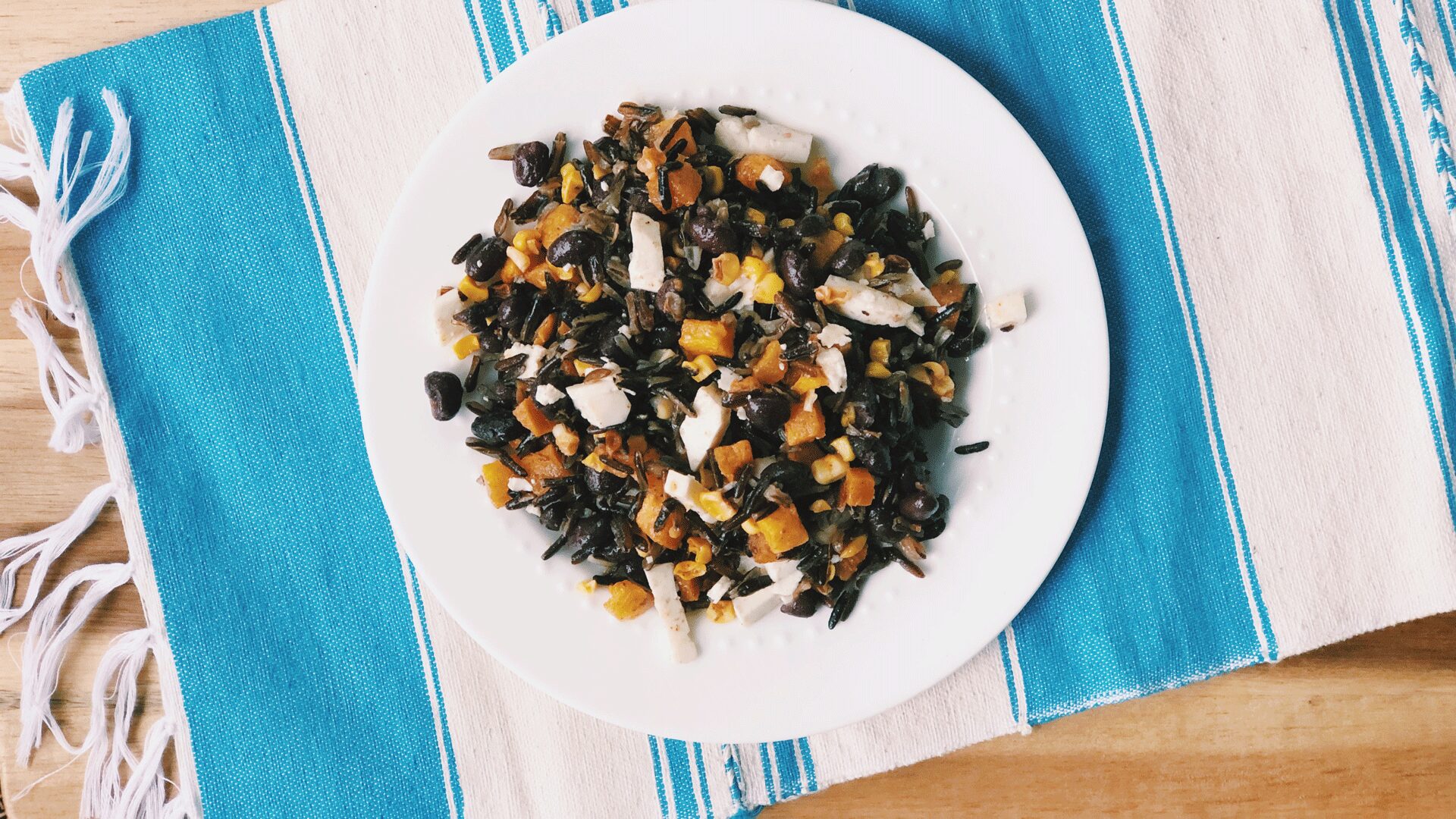Mexican Chef Iliana de la Vega, a 2022 James Beard Award winner, grew up at a time when her native country’s food never was considered fine dining.
And then her grandmother started sending care packages from Oaxaca to Chef Iliana’s mother in Mexico City, opening a world of flavors missing from the foods with which she was most familiar.
In 1997, de la Vega opened El Naranjo in Oaxaca, determined to show people Mexican food can be more than just something you serve your immediate family. The popularity of her mole recipe convinced her to open a cooking school, and in 2012, the chef reopened El Naranjo in Austin, Texas. In 2014, the Mexican government gave her the prestigious Ohtli Award for expanding the popularity of Mexican cuisine and for her work with the Hispanic community.
The Food Institute recently chatted with the acclaimed chef about the growing popularity of Mexican cuisine north of the U.S.-Mexico border. Here are her answers:
FI: Why are U.S. residents so taken with Mexican cuisine in general? Is it the spicing and if so, what flavors in particular? Is it the textures and presentation? Is it the relative affordability?
Chef Iliana: First and foremost, Mexican cuisine is amazing, delicious, complex and regional – meaning different geographic regions have different culinary practices and ingredients. The distinct differences between the culinary regions can be seen in different dishes, cooking techniques and ingredients. There is so much more than tacos! I also think there has been an increased availability of Mexican ingredients to folks in the U.S.
I think describing Mexican food as spicy creates a misconception about the reality of the complex flavors. We have so many different chiles in Mexico, and when used wisely, they add spice, but more importantly deeper flavors to our food and more than just spice. In some cases, regularly spicy salsas or chiles are served on the side when appropriate to add to the dish.
Presentation is also very important in Mexican cuisine. We love beautiful and colorful food, and lots of textures. Take a tostada for example: First, a crispy corn tortilla, then spread a layer of soft bean puree and top with finely shredded lettuce, meat, fish or vegetables and then finished with chiles or salsa and sometimes crema Mexicana and shredded cheese. The meat, fish or vegetables are stewed, roasted or fried. Although we consider corn and beans to be inexpensive, Mexican food is labor intensive, and quality ingredients are not necessarily cheap.
FI: How do you see the future of Mexican cuisine evolving?
Chef Iliana: I anticipate that people will become more and more interested in learning the difference between Tex-Mex cuisine and Traditional Mexican fare, even in its regionality.
Mexican coastal cuisines, such as seafood are now showing up in restaurants, as well as restaurants focusing on specific regions of Mexico for specific dishes on the menu.
FI: Are there types of Mexican foods that those north of the border are resistant to, and how can you change that?
Chef Iliana: At El Naranjo, we have introduced many dishes with new ingredients over the years, and we have yet to meet rejection from our guests. We just have to be very clear on what we’re serving and how it is prepared, cooked and presented.
For example, huitlacoche is a naturally occurring black fungus that grows in corn. It is a Mexican delicacy with a rather earthy taste, and we have found that even people who are hesitant to try it enjoy it once they taste it.











